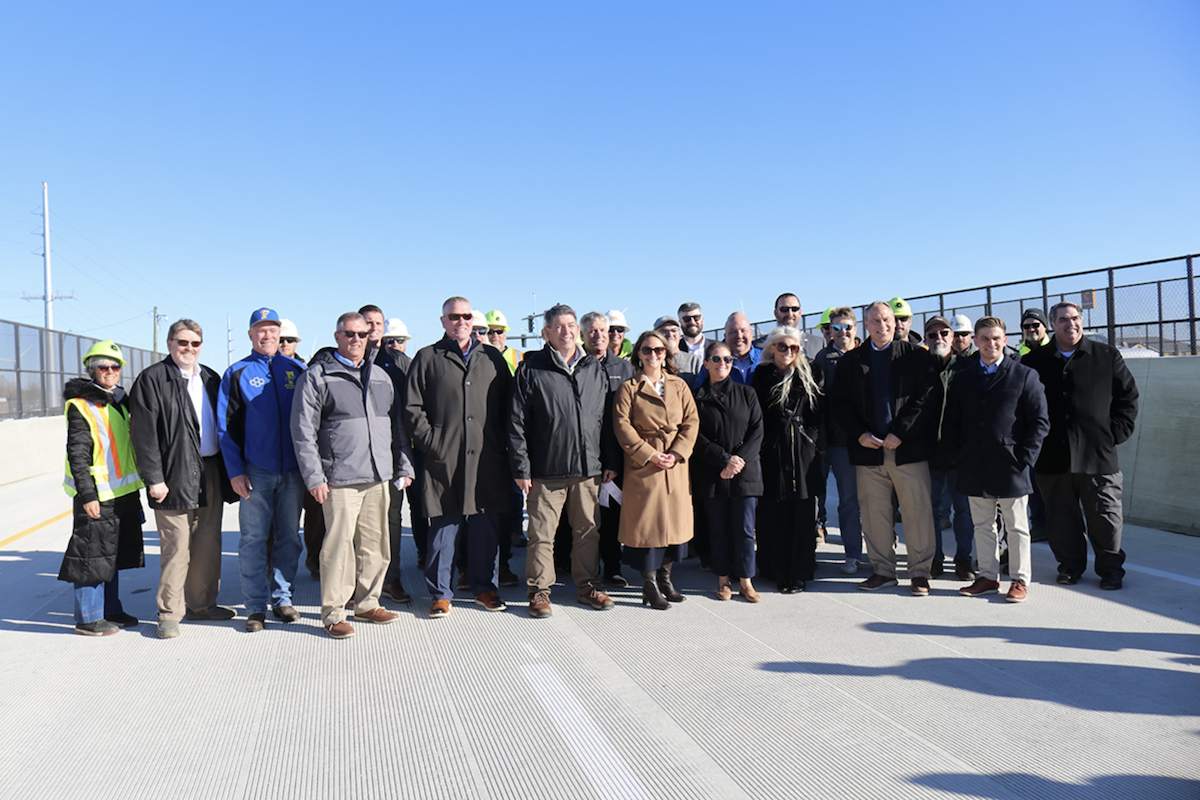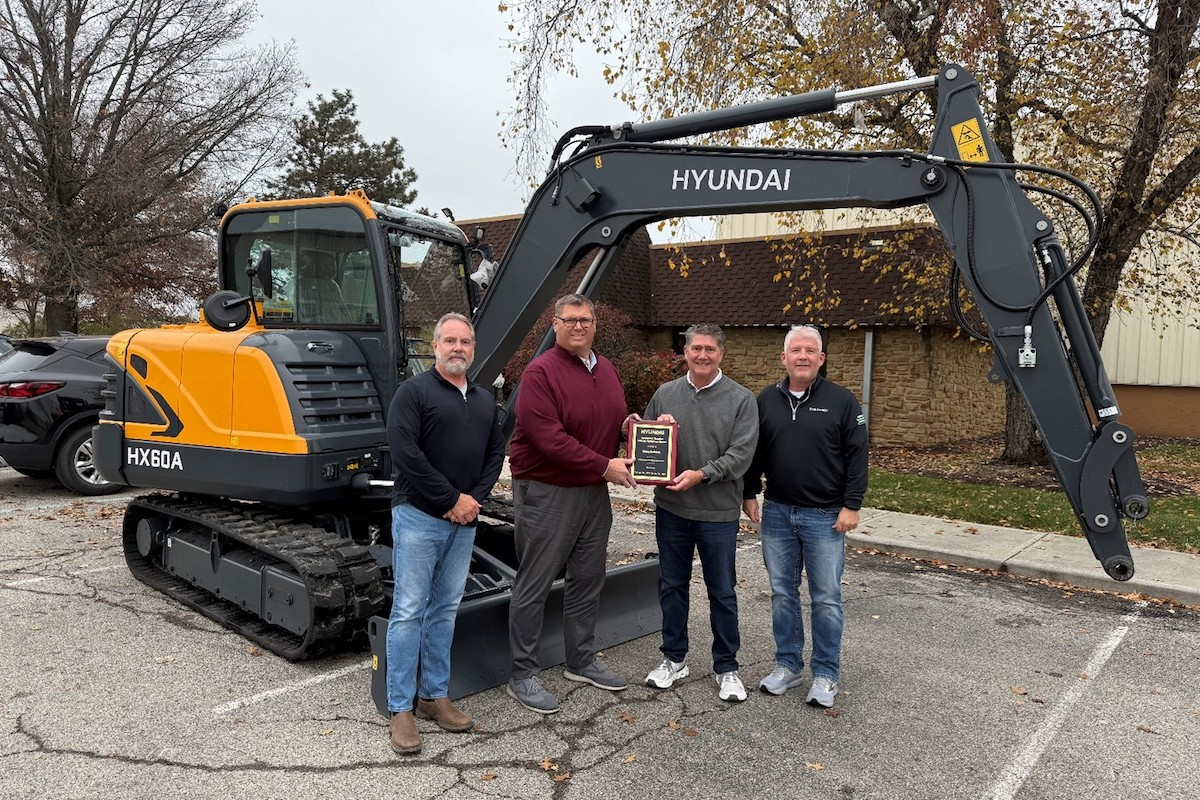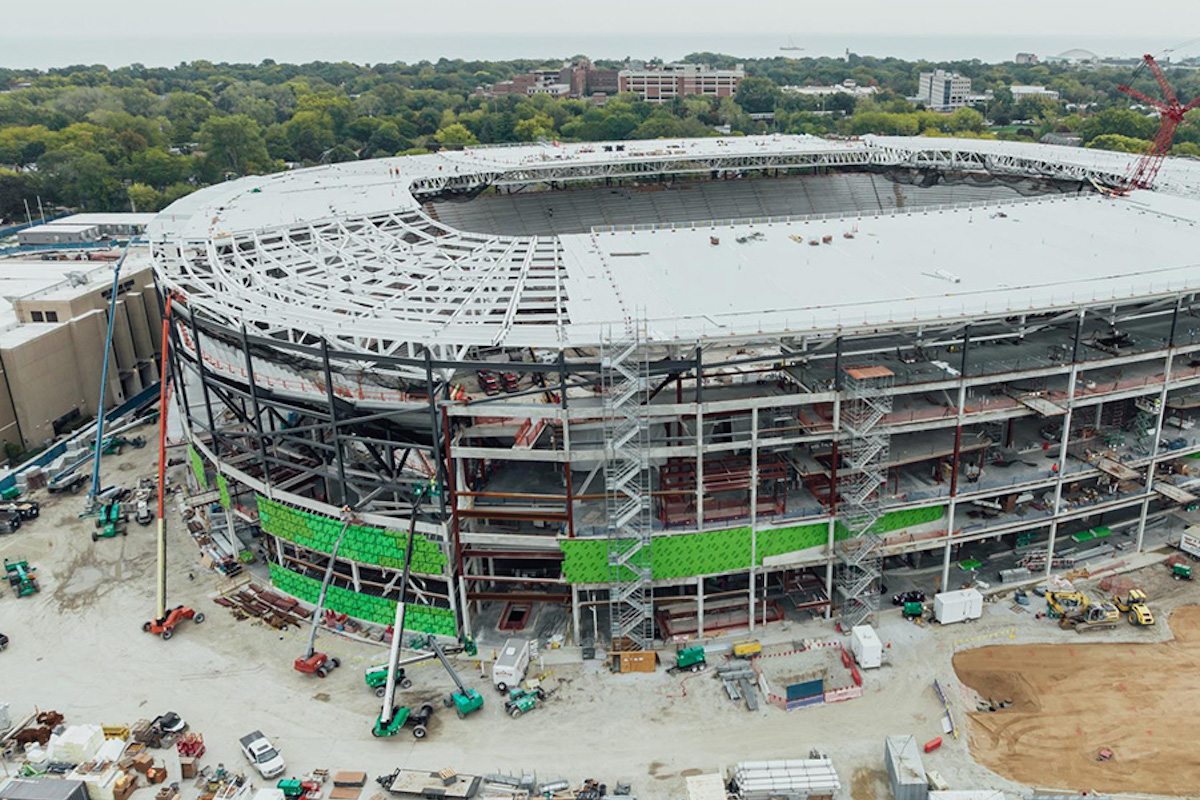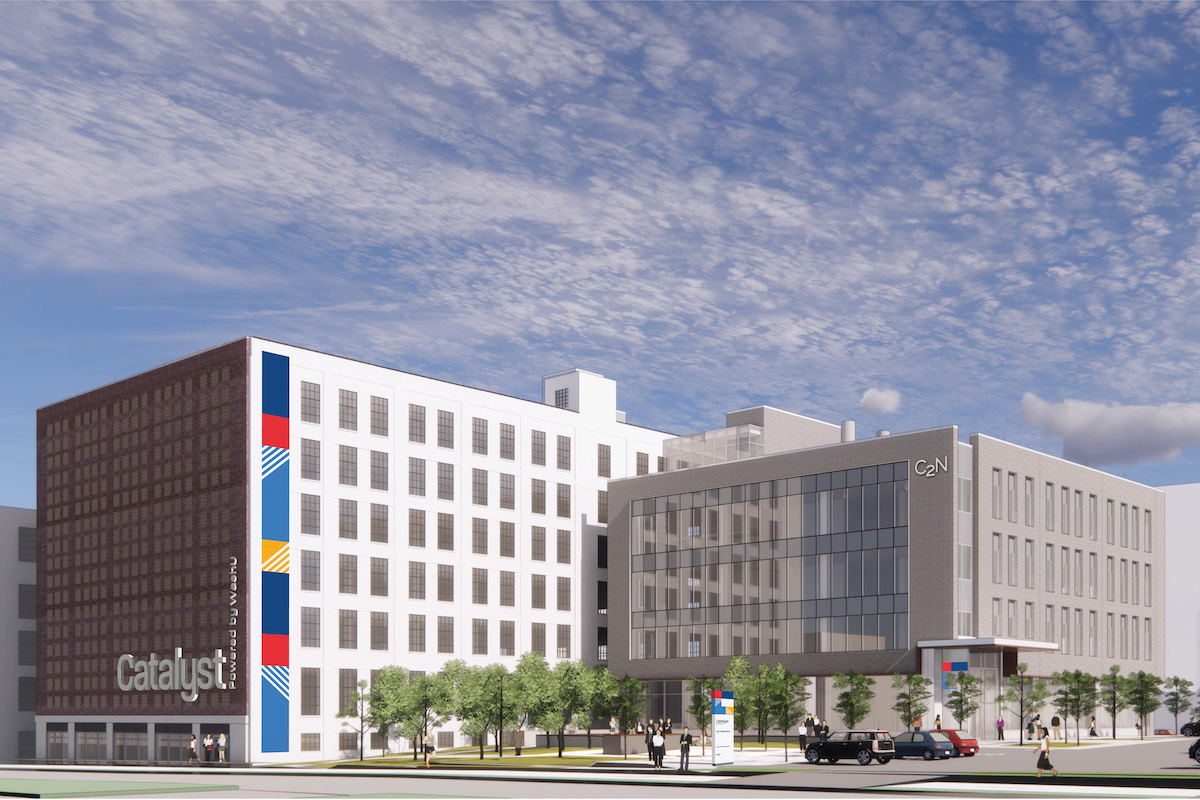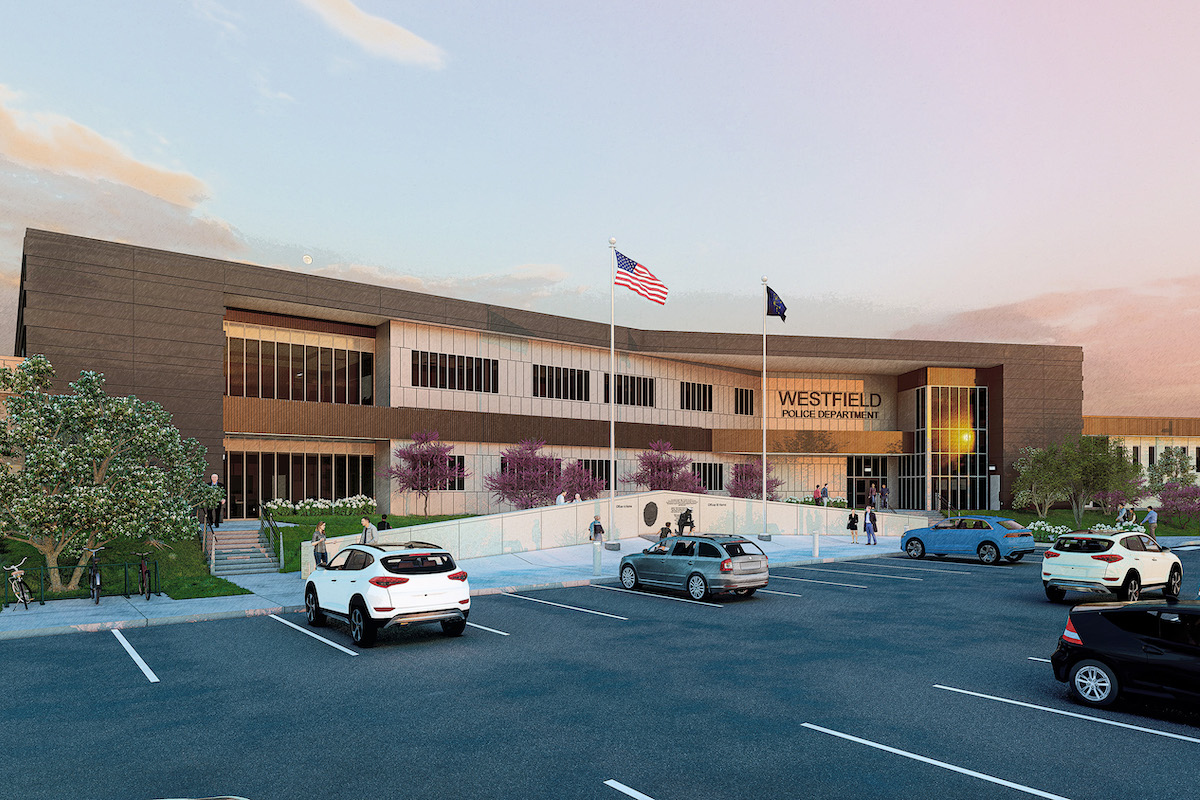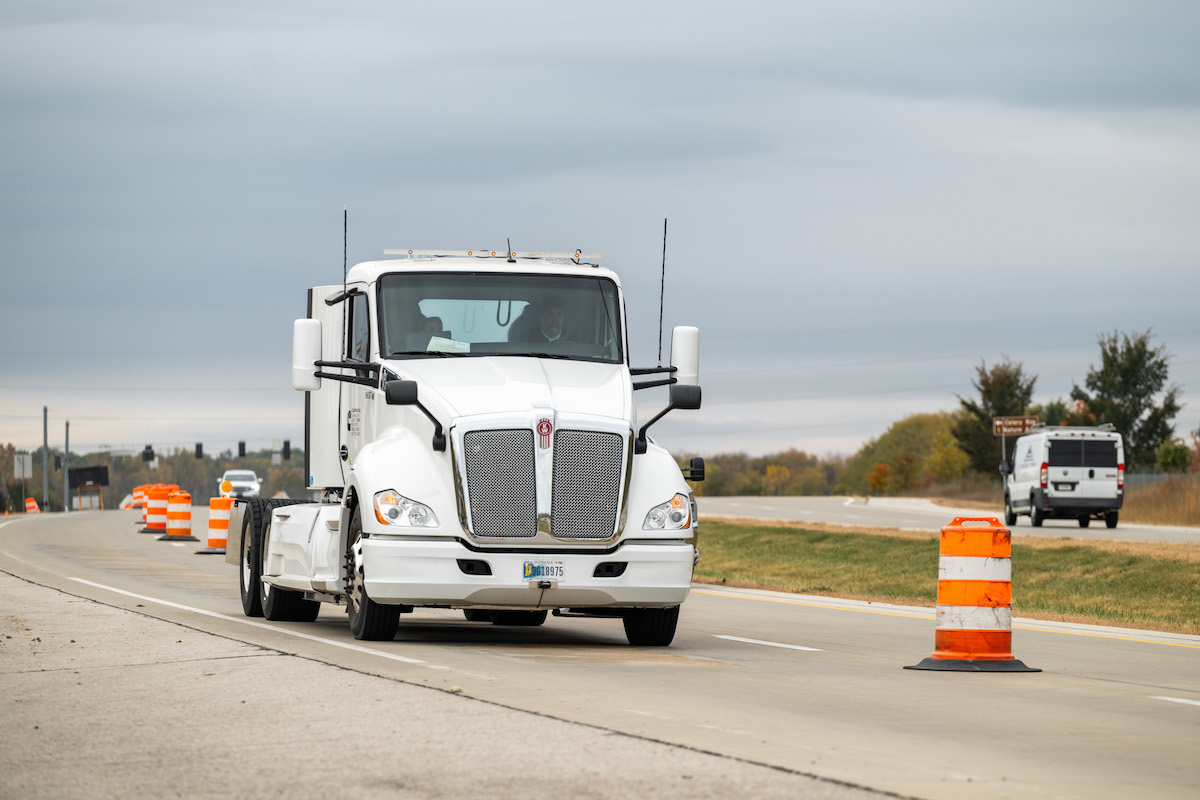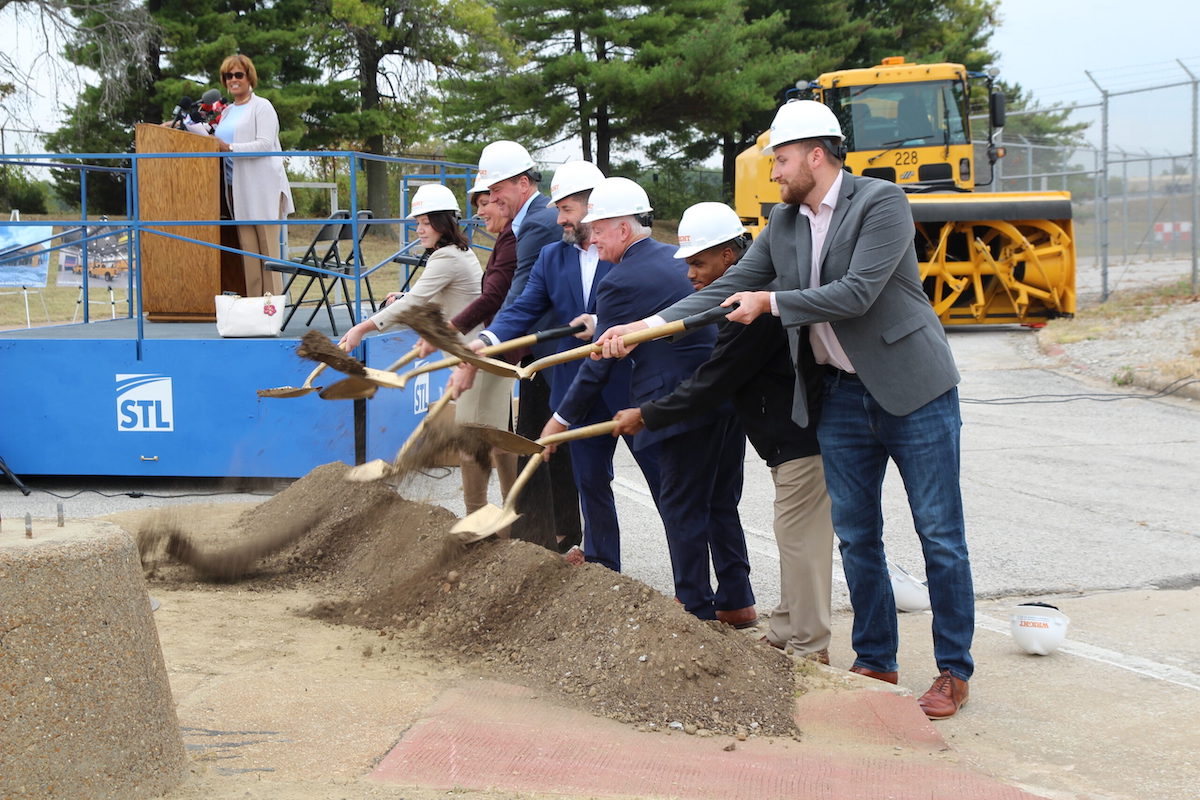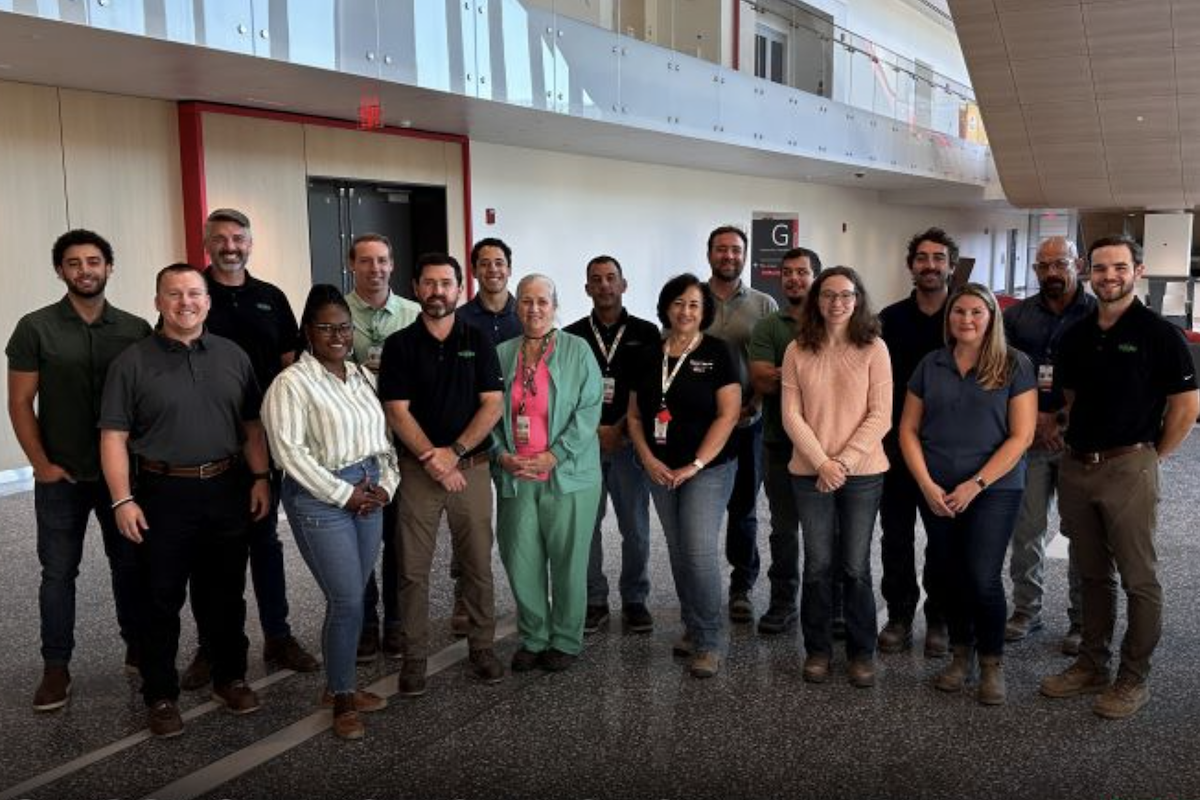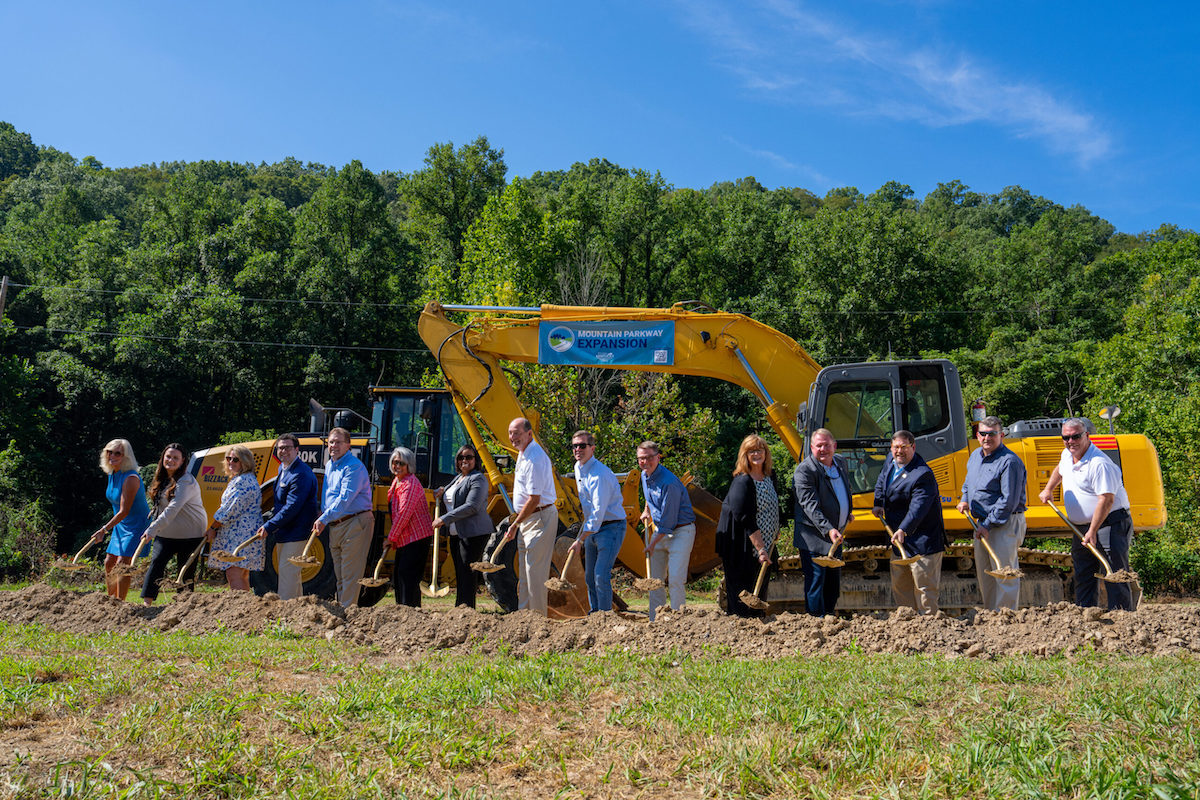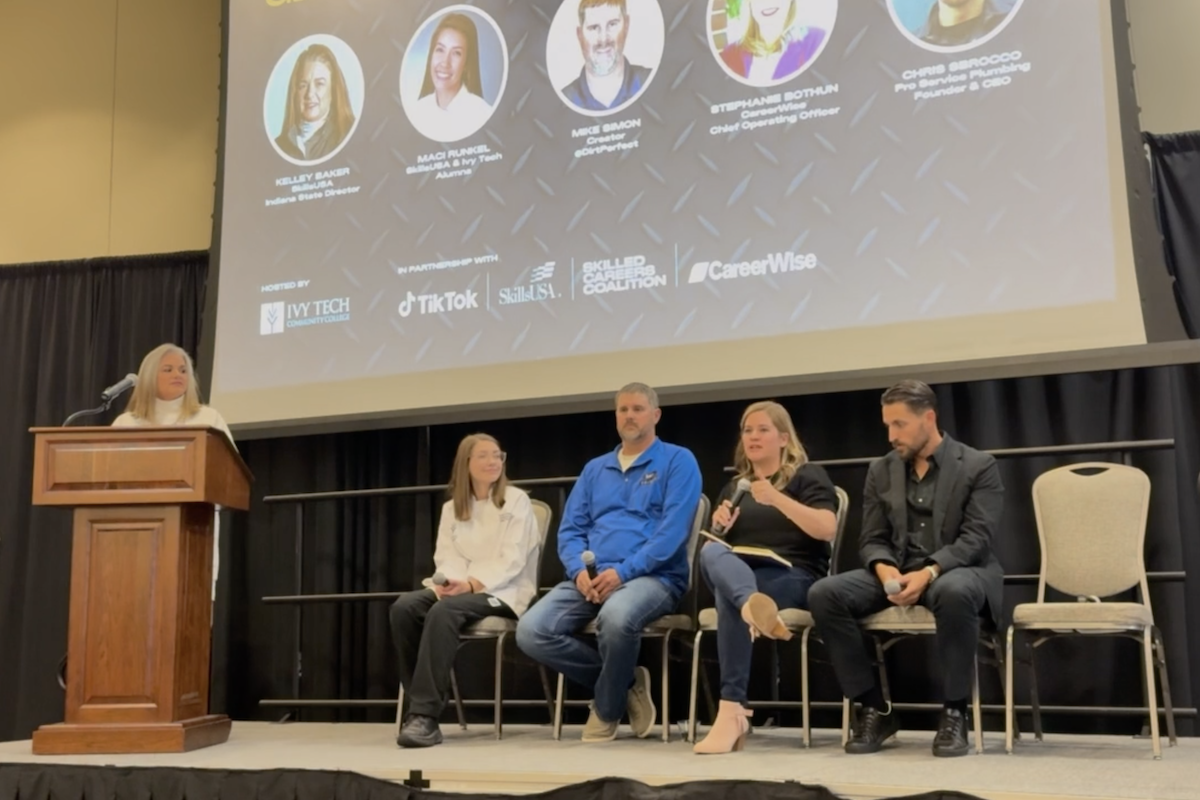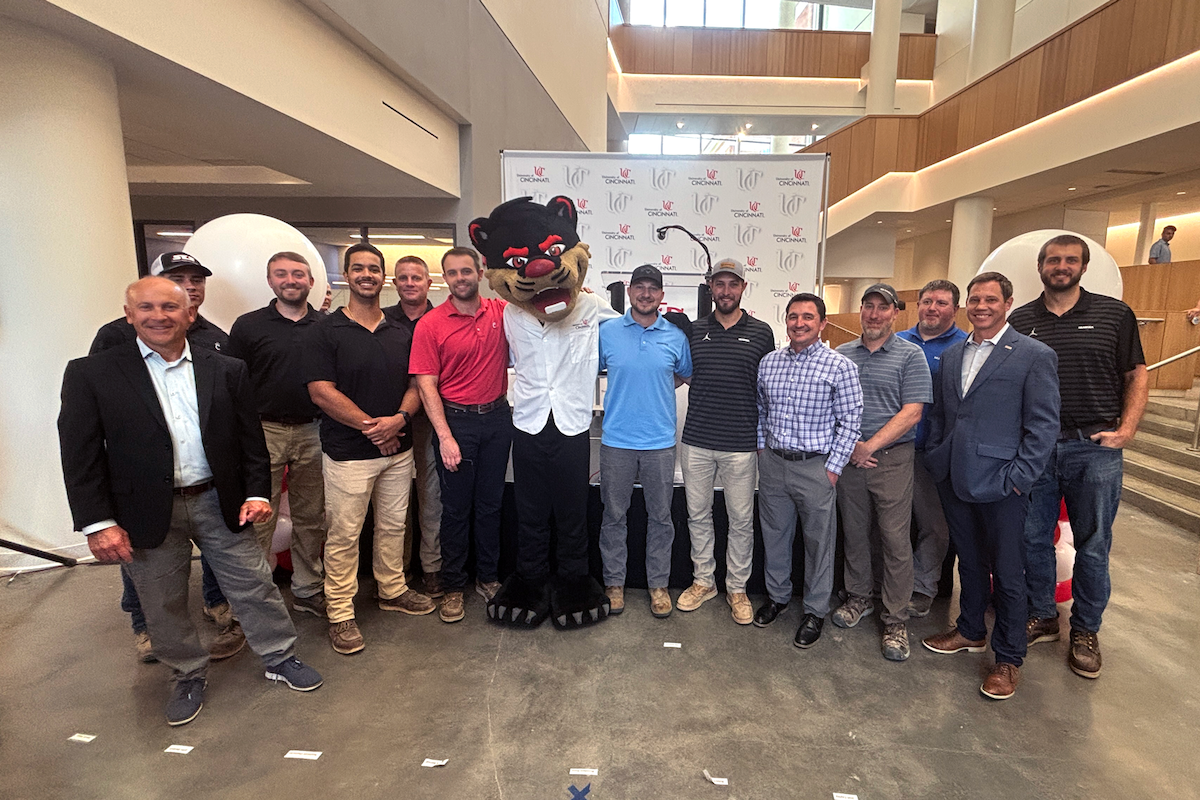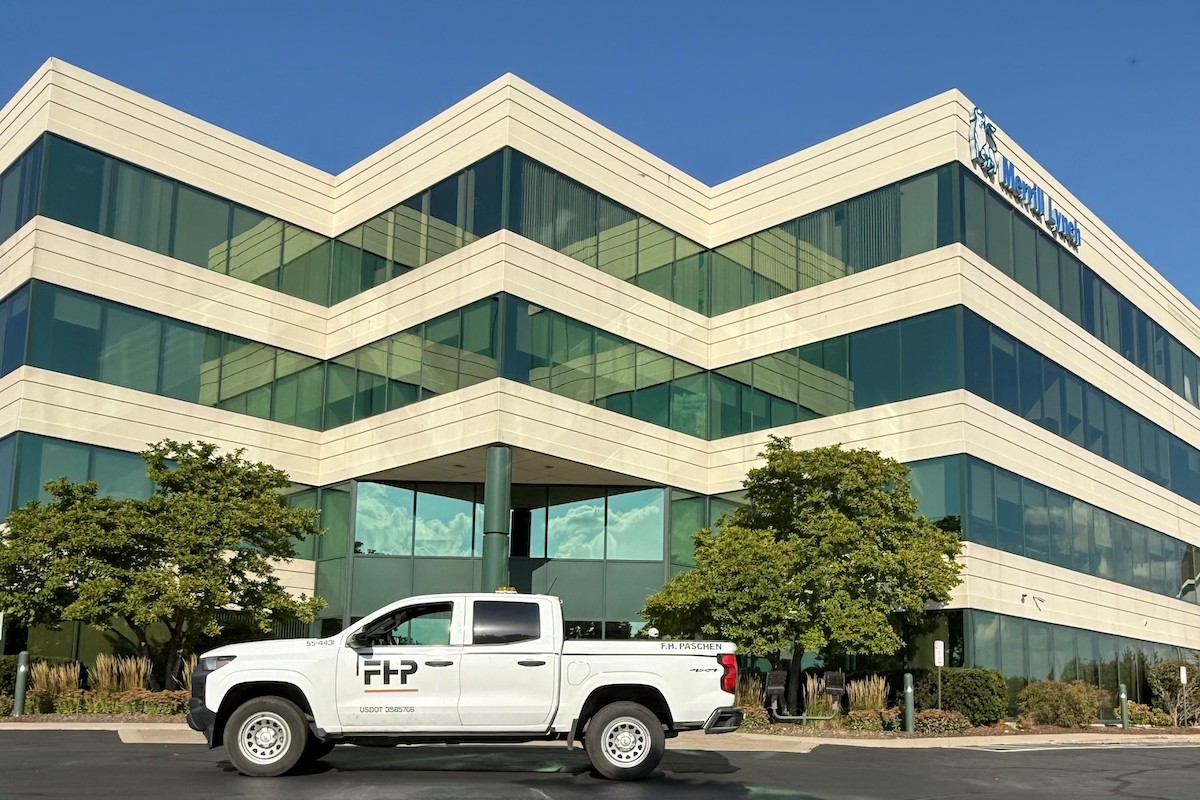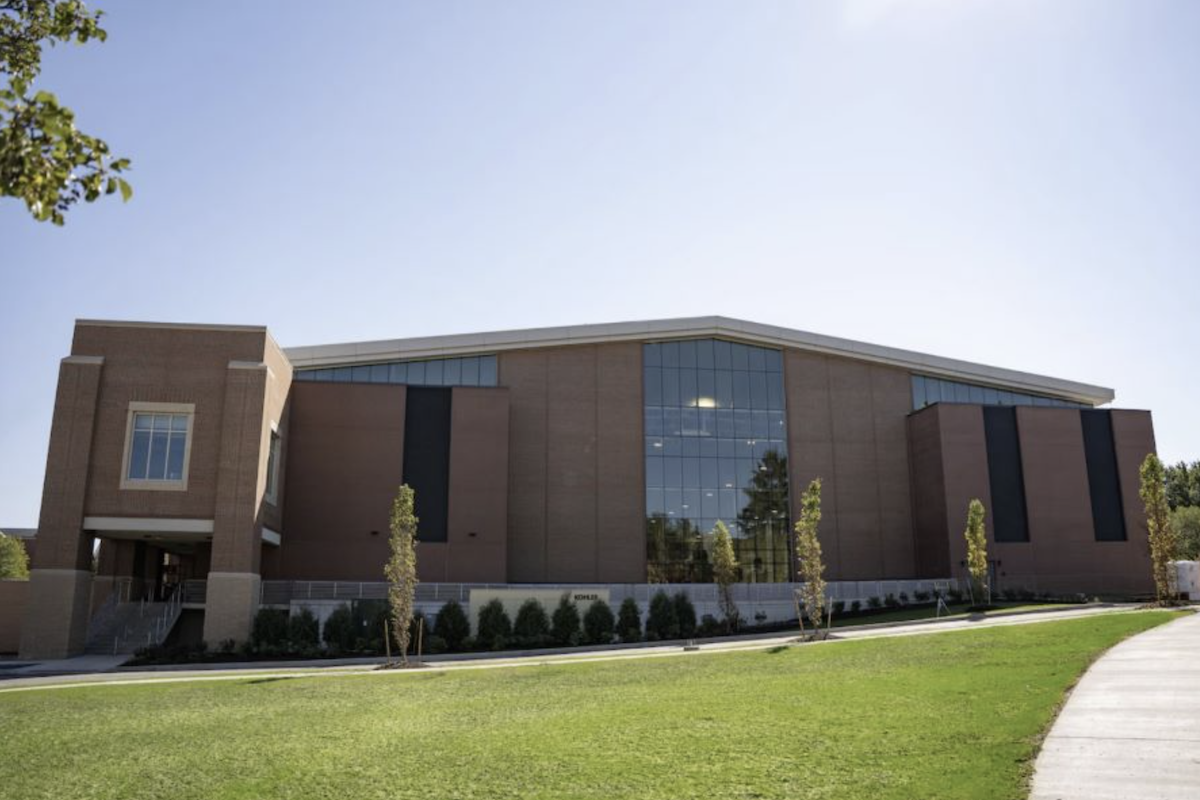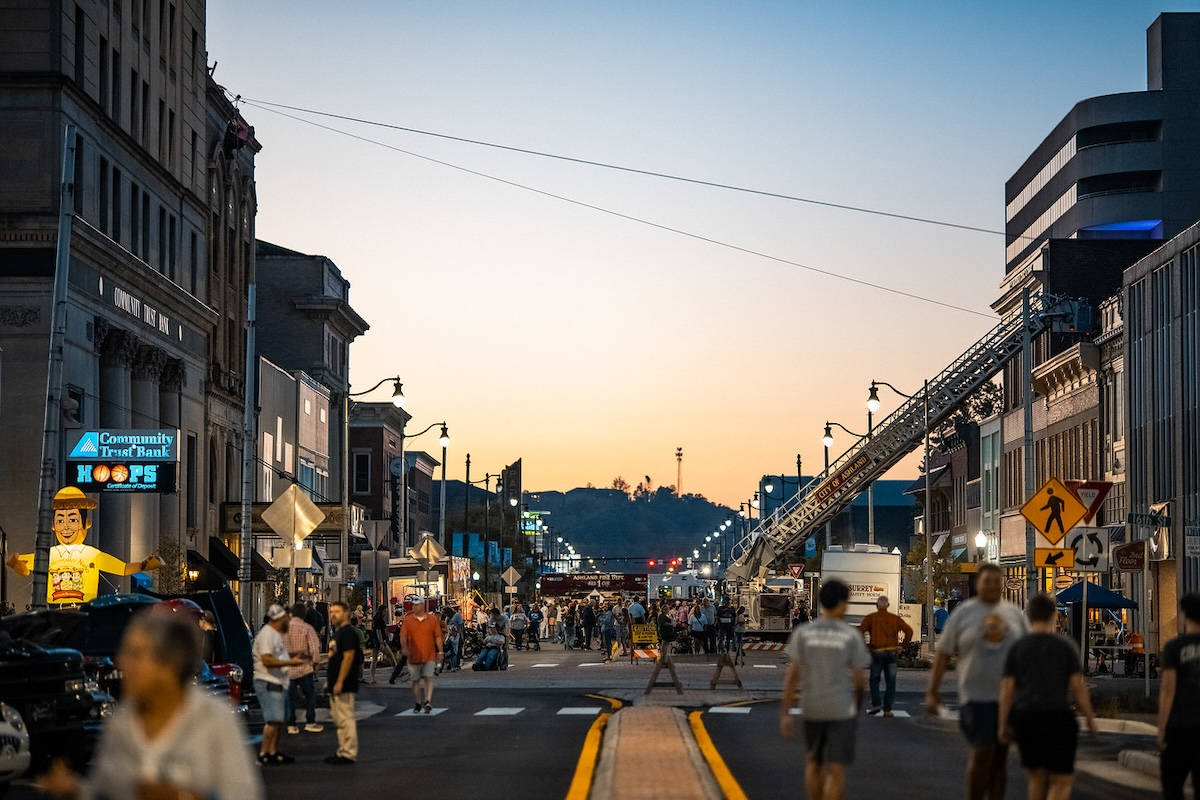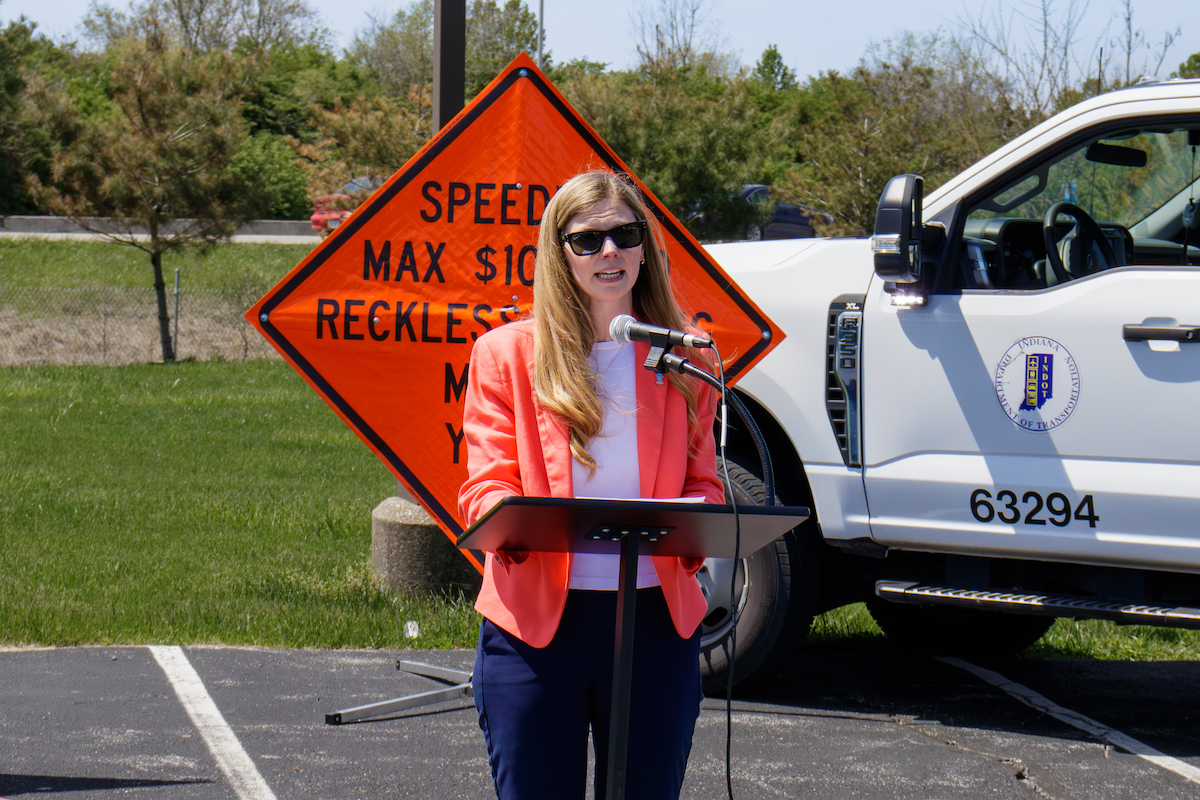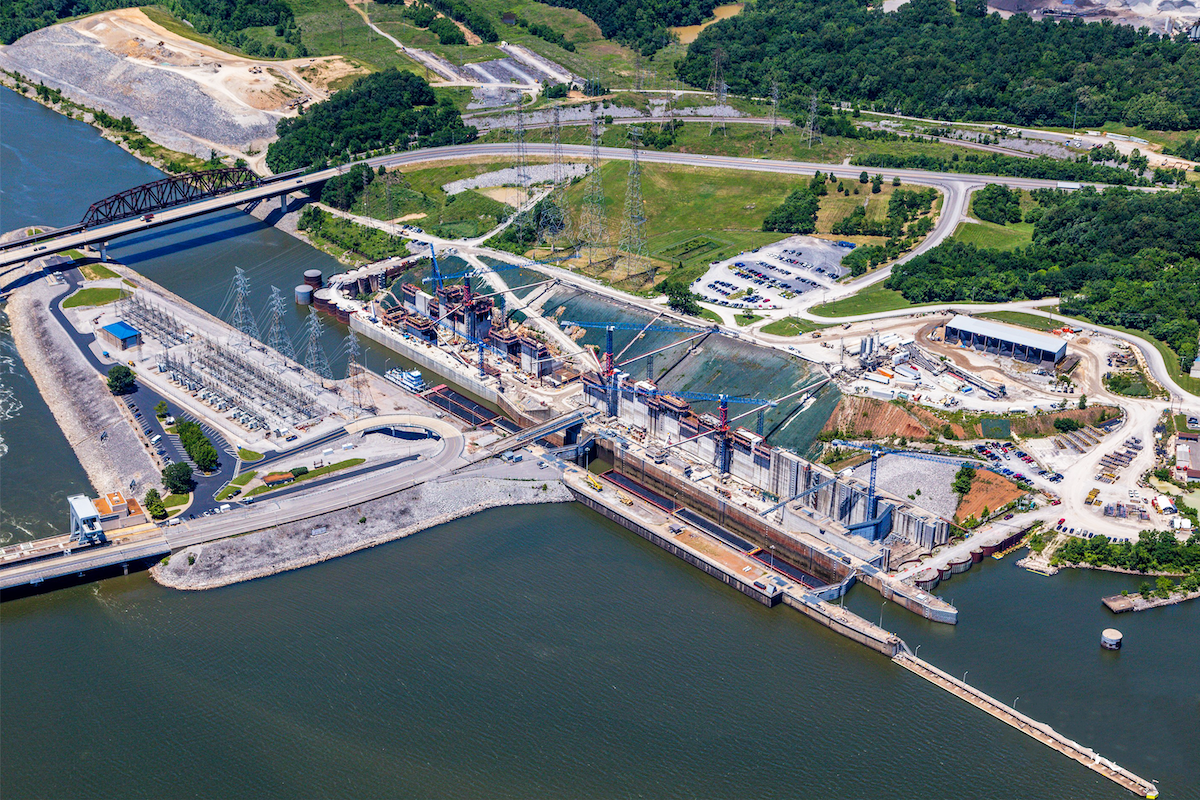Amtrak trains go past the station but do not stop there.
The construction is part of a larger holistic plan for the city of Claymont and is the first phase in the redevelopment. The new train station is on 15.5 acres of the former Evraz Claymont Steel site, acquired for operational right of way. The remainder of the site is privately owned and is planned for mixed-use development.
The parking capacity of the existing station is approximately 500. While this is sufficient now, officials expect ridership to grow due to the development occurring in the area. Therefore, more parking spaces are needed. As part of the new station, the team is building a surface lot that can hold 344 vehicles and a parking garage that will add 464 parking spots.
The current train station is physically deficient and cannot be made fully compliant with the Americans with Disabilities Act. For those with disabilities, boarding and deboarding the train is challenging as the platform is on a curve.

| Your local Komatsu America Corp dealer |
|---|
| Brandeis Machinery |
Another challenge is crossing between the northbound and southbound sides of the tracks. To get across, people walk through a tunnel located beneath the tracks. “Being that Delaware is relatively flat, the tunnel periodically had water in it which led to maintenance issues,” explained Breanna Kovach, a DelDOT Group Engineer who is serving as the project manager.
A shared-use path for bicyclists and pedestrians is being installed that will run from Philadelphia Pike, a major nearby route, to the train station providing better access to people living in the area. In addition, the project includes the construction of a 1600-foot-long access road, known as Transit Center Drive with connection to US-13, Philadelphia Pike. Other traffic improvements include installing new traffic signals at the US-13 and Transit Center Drive intersection, and widening of US-13, Philadelphia Pike.
Instead of using the tunnel to get to the other side, commuters will be able to walk through an enclosed pedestrian bridge. It’s accessible via elevators and is ADA-compliant. The 120-foot-long pedestrian bridge is not a complicated element to build. However, installing the bridge was challenging due to the synchronization required to cut power to the area.
“We had to coordinate with Amtrak to get an outage along all four tracks and with Delmarva Power Electric to get an outage along their transmission line for the same night,” Kovach stated. It required months of coordination and notice to both companies and bi-weekly meetings with Amtrak to review and ensure there would be no surprises.
“We had to document and plan out every sequence of the bridge erection process,” said Jason Hershey, a Design-Build Manager for Wagman Heavy Civil which, along with JMT, comprises the Design-Build team acting as the Contractor for the project.

| Your local Case Construction Equipment Inc dealer |
|---|
| Birkey's Construction Equipment |
Ultimately, the team was given a 3-hour window to install the bridge. The installation occurred in the middle of the night. They had to wait until the last train passed through the station at 12:50 AM. The station had to be up and running again by 4:30 AM and the team off the tracks by 4:00 AM.
When the big night came on the evening of October 23rd, there was rain and a bit of wind. If the winds reached 20 MPH, the installation would have had to be rescheduled.
A 550-ton crawler crane was utilized for the installation. It took 30 tractor-trailers to bring in the components to assemble the crane and another 275-ton assist crane to set it up. “It took two days to assemble the crane and two days to tear it down,” Hershey stated.
The team has faced other challenges, including an existing Amtrak duct bank. The duct bank had to be avoided which caused the platform foundation to be redesigned. In addition, hazardous materials were discovered on the site. They had to be removed and disposed of properly. These challenges also required communicating with various stakeholders to get the necessary approvals.
By having the contractor and engineer as part of the design process, they were on board and able to review and implement multiple design packages while early construction activities were underway. It was also helpful because the team was more agile and able to handle the challenges as they arose.

| Your local Leica Geosystems Inc dealer |
|---|
| Laser Specialist inc |
“The constant and early communication and partnering between the stakeholders has let us move forward on this project in a timely manner,” explained Hershey. “If this project would have been delivered in the traditional way, it would have added years.”
Kovach agreed. She noted that the challenges that have arisen would have meant long delays. However, because the project is Design-Build, the team was able to adapt more easily.
The project began in the Spring of 2019 and is expected to be completed at the end of Fall of 2023. This is later than the original expectation, but is an accomplishment given the challenges.
These same challenges have impacted the budget. The budget for the rebuilt station is $84 million. It is being paid for a 55/45 split between the federal and state government. The federal contribution includes a $10 million TIGER grant. The budget includes over $10 million contingency to handle the unforeseen condition and redesign that occurred because of it.


















